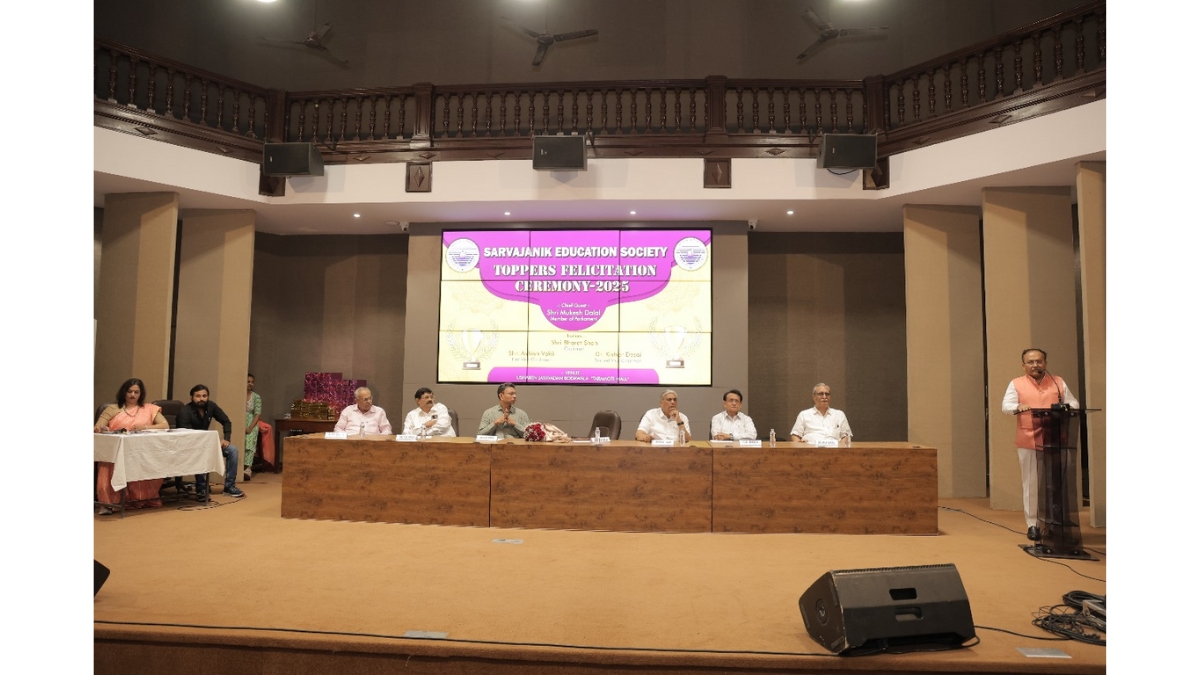Union Budget 2023: What are expectations of salaried professionals?

Union finance minister Nirmala Sitharaman will present the Budget 2023 on February 1. Among the taxpayers expecting for relief from the budget are the salaried professionals.
According to the income tax department, around 50 per cent of the income tax returns (ITR) filed in 2022 were by salaried professionals. These taxpayers expect Budget 2023 to provide long-term benefits in healthcare and post-retirement, as well as affordable housing in a post-pandemic era.
Experts also anticipate the government to focus on employment and expanding tax base to increase disposable income in hand.
A look at key expectations of salaried employees from Budget 2023:
Tax slabs
Taxpayers are expecting the current tax slab with basic exemption limit of ₹2.5 lakh income to be increased to ₹5 lakh under the old and new tax regimes, keeping in view the rising inflation and cost of living. The limit of ₹2.5 lakh has remained unchanged since 2014-15. Both regimes may also be unified for a more simplified system.
Tax exemption limit for home buyers
Homebuyers can now claim a yearly deduction of up to ₹2 lakh on the interest paid on housing loan EMI u/s 24b and up to ₹1.5 lakh under Section 80C for the principal amount paid on the loan. The salaried class is anticipating the 24b limit to be increased to ₹5 lakh and Section 80C limit to ₹3 lakh.
Exemption on personal loans
Incentives for personal loan borrowers are expected as currently only an exemption limit on interest on education loans under Section 80E of the Income Tax Act exists.
Uniform capital gain taxation
A uniform tax structure for capital gains is anticipated in Budget 2023. To increase investments, savings and wealth-building, more incentives and exemptions may be on the cards to increase disposable income.
Daya Prakash, Founder, TalentOnLease, told Mint that salaried taxpayers are expecting benefits in superannuation, maternity post-retirement, and housing rent keeping in mind the work-from-home era. The current section 80C deduction limit of ₹1.5 lakh may also rise.

Atul Tiwari is a seasoned journalist at Mumbai Times, specializing in city news, culture, and human-interest stories. With a knack for uncovering compelling narratives, Atul brings Mumbai’s vibrant spirit to life through his writing.





